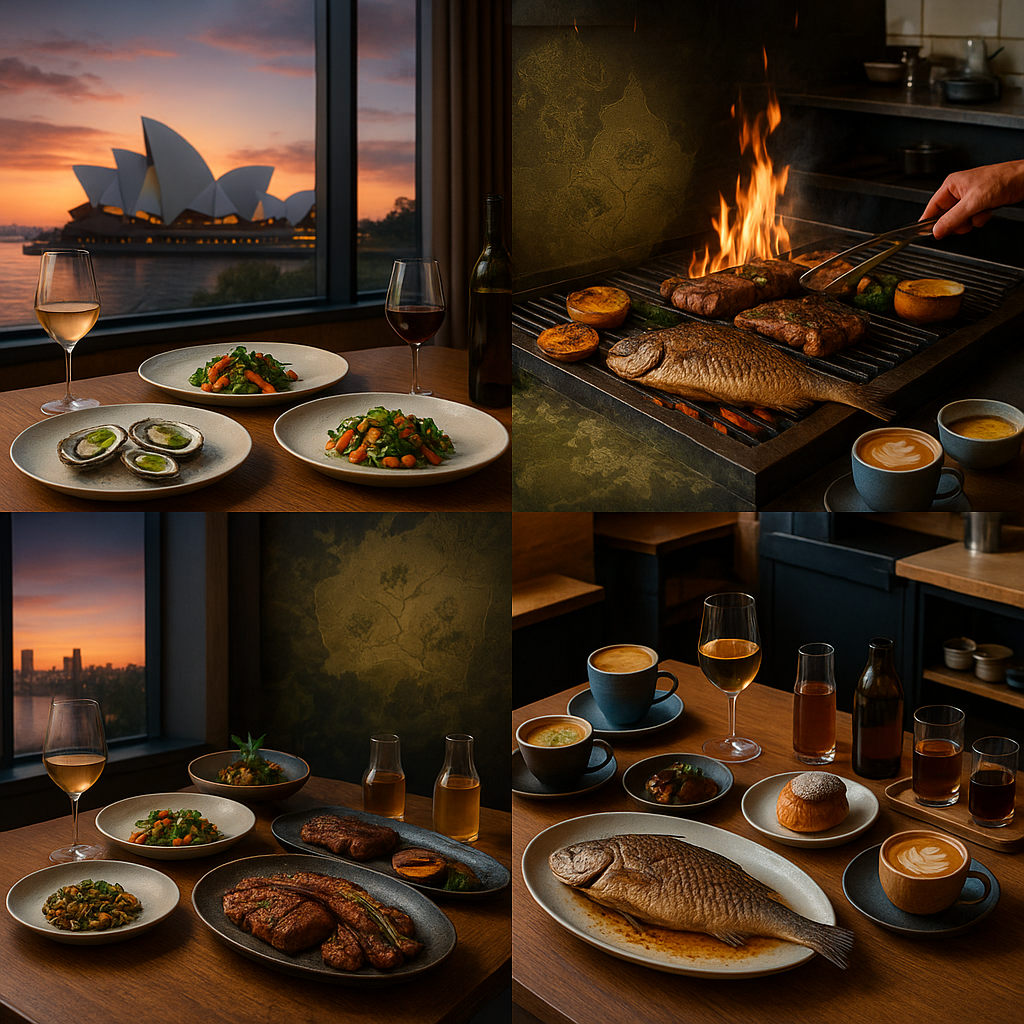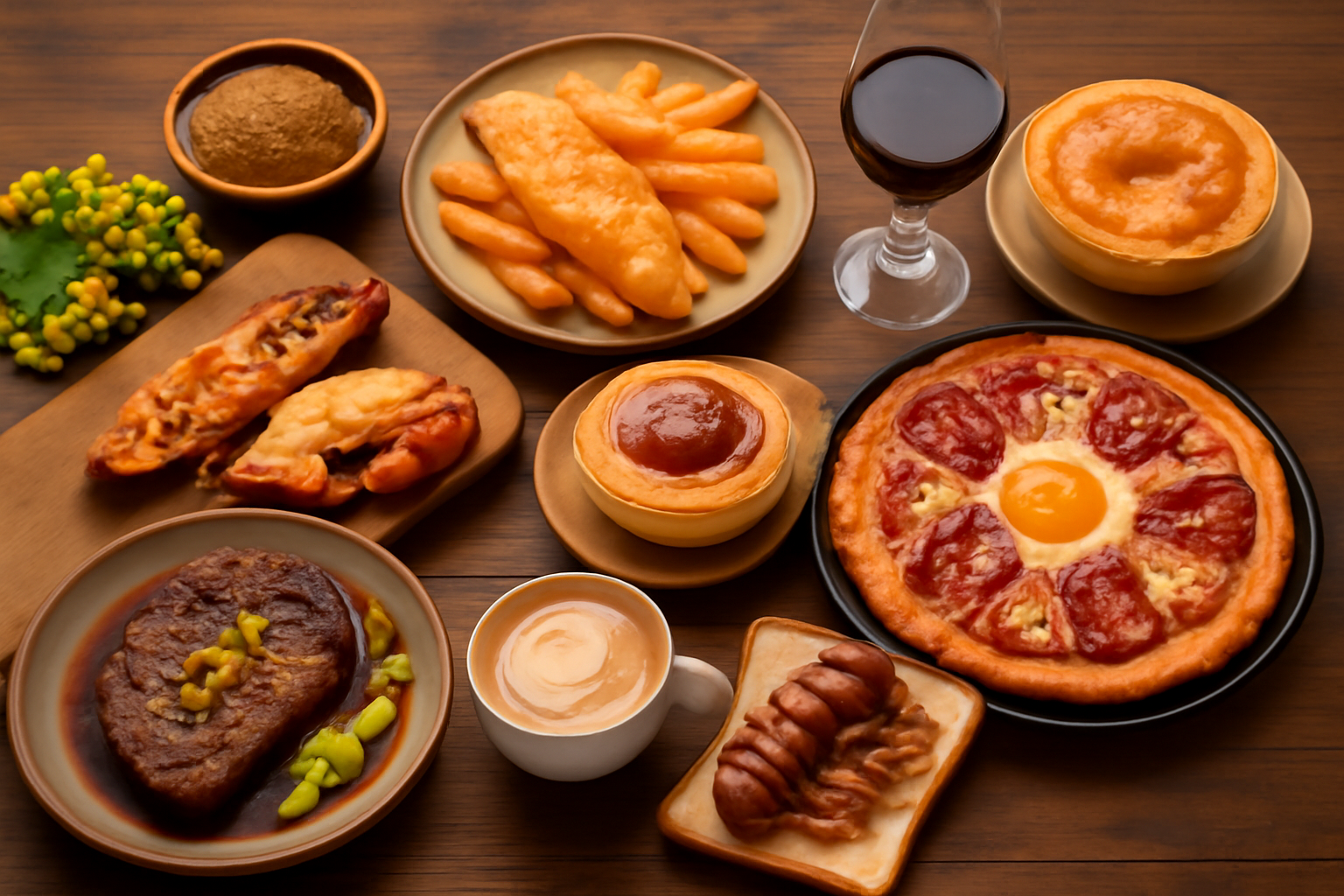Australia’s culinary identity rests on a nimble blend of innovation, multicultural fluency, and deep respect for country. At the top tier, restaurants like Attica, Quay, and Brae have shaped a vocabulary of modern Australian dining where native botanicals—finger lime, wattleseed, lemon myrtle—play starring roles. The approach isn’t novelty for novelty’s sake; it’s an articulation of place. Dishes highlight salinity from coastal herbs, the resinous lift of eucalyptus-adjacent aromatics, or the nuttiness of ancient seeds, layered with seasonal vegetables and ethically raised proteins.
Technique varies widely. Firedoor channels intensity through wood and ember, building structure from smoke and time rather than heavy sauces. Saint Peter reimagines seafood with fish butchery, dry aging, and cuts such as collars and offal, proving sustainability can be delicious rather than punitive. In Perth, Wildflower maps its menus to Indigenous seasonal calendars, connecting diners to cycles that predate restaurants by millennia. Across these rooms, tasting menus are common, wine pairings increasingly feature Australian producers, and non-alcoholic matchings lean on ferments, native shrubs, and teas for layered complexity.
What sets Australia apart is how this creativity seamlessly flows into everyday dining. Cafés operate with the precision of micro-roasteries, often attached to their own roasts or close to local importers. In Melbourne, Proud Mary and Industry Beans offer flight-style tastings and filter options that treat coffee as terroir-driven. Sydney’s Single O and Reuben Hills develop signature blends while foregrounding origin stories. In Adelaide and Perth, Exchange Specialty Coffee and Mary Street Bakery show how regional hubs interpret the east-coast tempo with their own flourishes—house-baked goods, native-tinged granolas, inventive sandwiches.
Practical know-how smooths the experience. Bookings for marquee restaurants can be competitive; weeknights may be easier. Surcharges on public holidays are typical and disclosed. Service in Australia is polished but relaxed; tipping is optional and modest. BYO licenses create space for personal cellars at smaller dining rooms, and corkage fees are generally straightforward. For dietary needs, kitchens expect to adapt—vegan, gluten-free, and dairy-free menus are often thoughtfully designed if flagged in advance.
The beverage landscape mirrors the food’s sense of place. Australian wine regions have a knack for clarity and freshness: Margaret River’s structured cabernets, Tasmania’s brisk sparkling, the Yarra’s silky pinots, and a growing roster of minimal-intervention labels that favor texture and brightness over oak and weight. Many lists give local producers top billing, complemented by a few global benchmarks to set context. Beer and cider lean craft and local; cocktails may integrate bushfoods or small-batch distillates for aromatic nuance.
From linen-draped dining rooms to laidback brunch counters, Australia’s best eating feels cohesive rather than stratified. It’s a country comfortable with high craft and low fuss, where a dish can be both thoughtful and joyful, and where the distance between a chef’s tasting course and your neighborhood flat white is shorter than you think.



